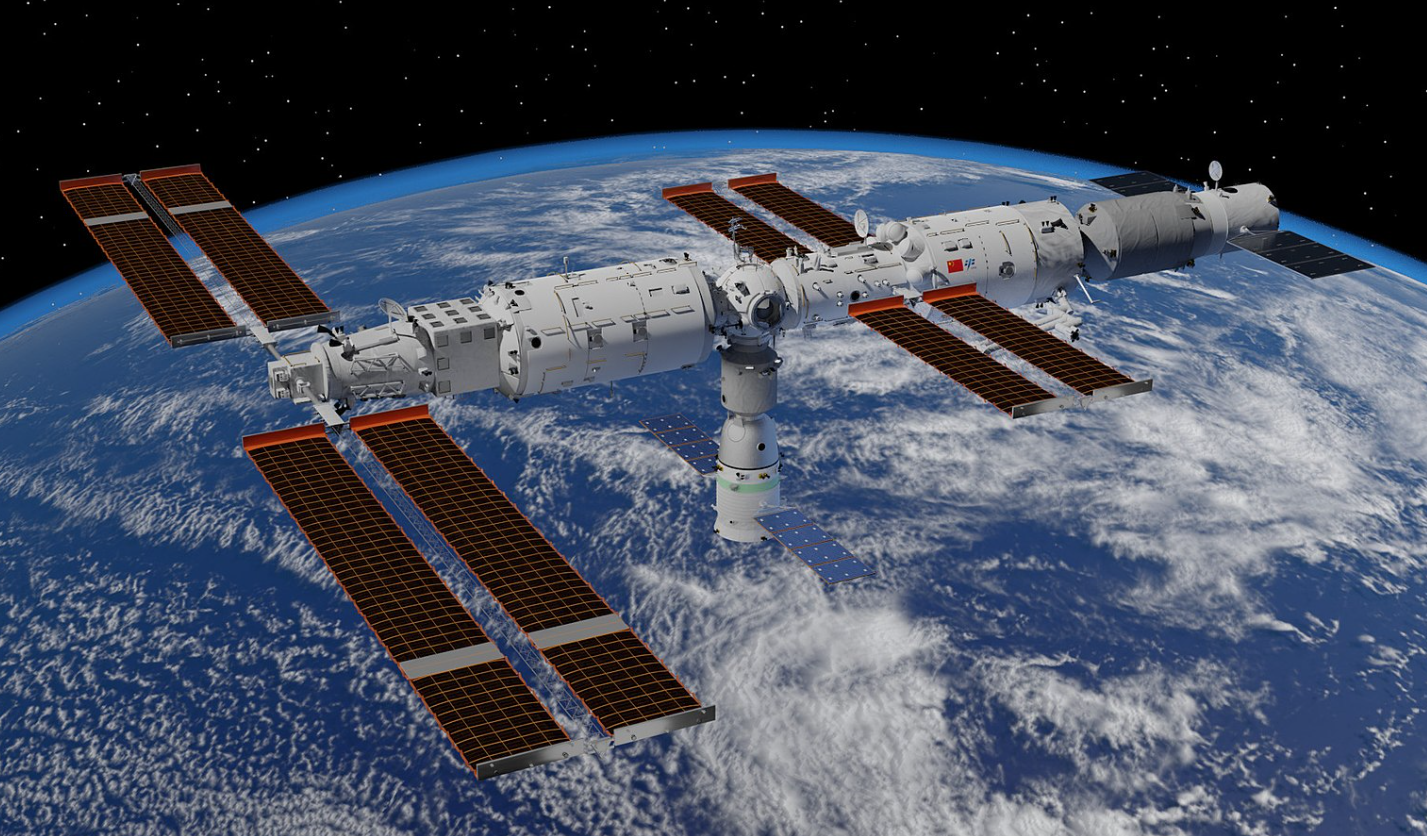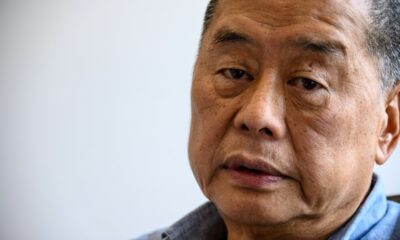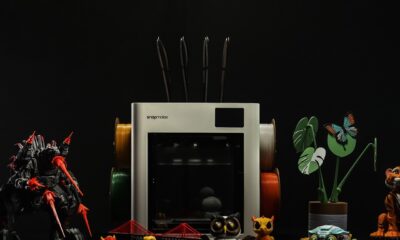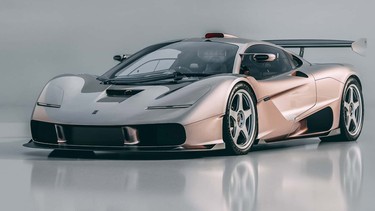Science
China’s Wukong Spacesuit Redefines AI Performance in Space

China’s recent advancements in artificial intelligence (AI) have taken a significant leap with the introduction of the Wukong spacesuit. Named after the legendary figure Sun Wukong, also known as the Monkey King, this innovative technology aims to enhance the operational capabilities of astronauts during space missions. The Wukong system is designed to provide real-time guidance and critical information, demonstrating a practical application of AI in a challenging environment.
The Tiangong Space Station serves as the ideal testing ground for this advanced technology. Spacewalks, known for their demanding conditions, require immediate and accurate decision-making. The ability of an AI system to comprehend and respond effectively in such scenarios is a true test of its capabilities. Unlike conventional AI applications, Wukong moves beyond scripted interactions, requiring agility and intelligence akin to its namesake.
As AI continues to evolve, the stark contrast between the approaches of China and the United States becomes evident. While NASA has developed a broad AI program, its current focus leans more towards medical support rather than direct operational assistance in space. This disparity raises questions about the definitions and metrics of “AI dominance” in the context of space exploration.
In discussions surrounding AI, it is essential to avoid misleading terminologies that oversimplify its capabilities. The term “AI dominance” can misrepresent the current state of technology, which is still in its early stages of development. Critics argue that the ongoing portrayal of AI as a mere tool for human interaction can hinder its growth and potential.
There is an urgent need for a clear understanding of AI as a critical instrument, similar to fire or the wheel. Mismanagement of this tool poses risks, especially in space where reliability is paramount. The functionality of AI systems must be proven across all necessary tasks, ensuring they meet the rigorous demands of space missions.
The success of the Wukong spacesuit could set a new benchmark for AI applications in space, prompting a reassessment of how both China and the United States approach AI in their respective space programs. A collaborative effort could enhance the overall efficacy and safety of missions, benefiting humanity as a whole.
In conclusion, the advancements represented by the Wukong spacesuit not only elevate China’s position in the realm of space exploration but also serve as a critical reminder of the potential that AI holds. As the world watches, the outcomes of these developments may well shape the future of AI in space travel.
-

 Science3 months ago
Science3 months agoToyoake City Proposes Daily Two-Hour Smartphone Use Limit
-

 Top Stories3 months ago
Top Stories3 months agoPedestrian Fatally Injured in Esquimalt Collision on August 14
-

 Health3 months ago
Health3 months agoB.C. Review Reveals Urgent Need for Rare-Disease Drug Reforms
-

 Technology3 months ago
Technology3 months agoDark Adventure Game “Bye Sweet Carole” Set for October Release
-

 World3 months ago
World3 months agoJimmy Lai’s Defense Challenges Charges Under National Security Law
-

 Lifestyle3 months ago
Lifestyle3 months agoVictoria’s Pop-Up Shop Shines Light on B.C.’s Wolf Cull
-

 Technology3 months ago
Technology3 months agoKonami Revives Iconic Metal Gear Solid Delta Ahead of Release
-

 Technology3 months ago
Technology3 months agoApple Expands Self-Service Repair Program to Canada
-

 Technology3 months ago
Technology3 months agoSnapmaker U1 Color 3D Printer Redefines Speed and Sustainability
-

 Technology3 months ago
Technology3 months agoAION Folding Knife: Redefining EDC Design with Premium Materials
-

 Business3 months ago
Business3 months agoGordon Murray Automotive Unveils S1 LM and Le Mans GTR at Monterey
-

 Technology3 months ago
Technology3 months agoSolve Today’s Wordle Challenge: Hints and Answer for August 19









